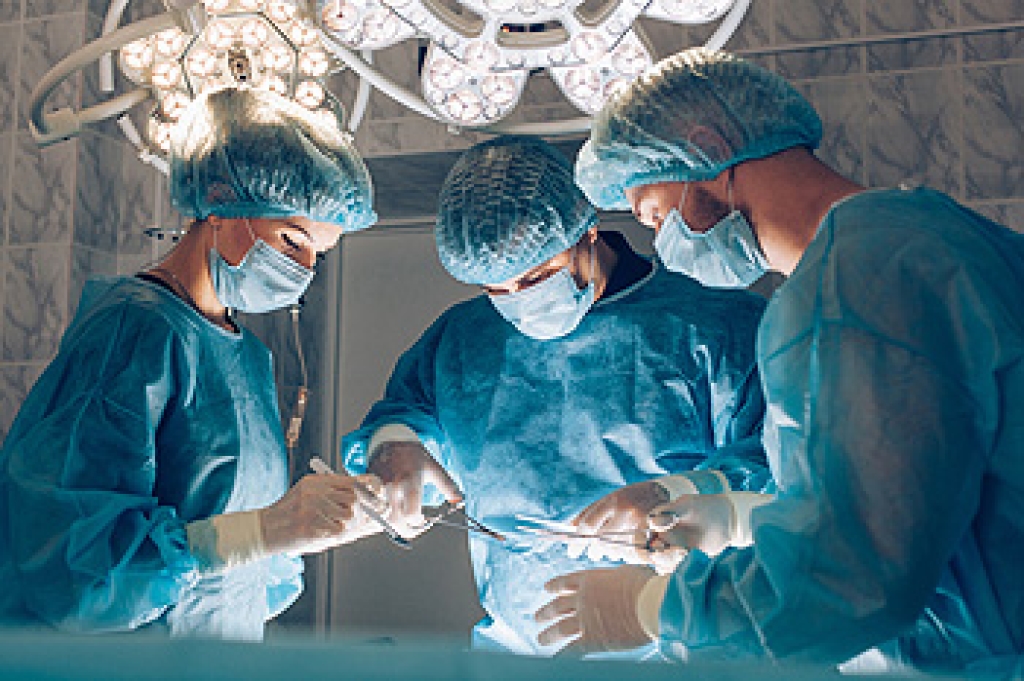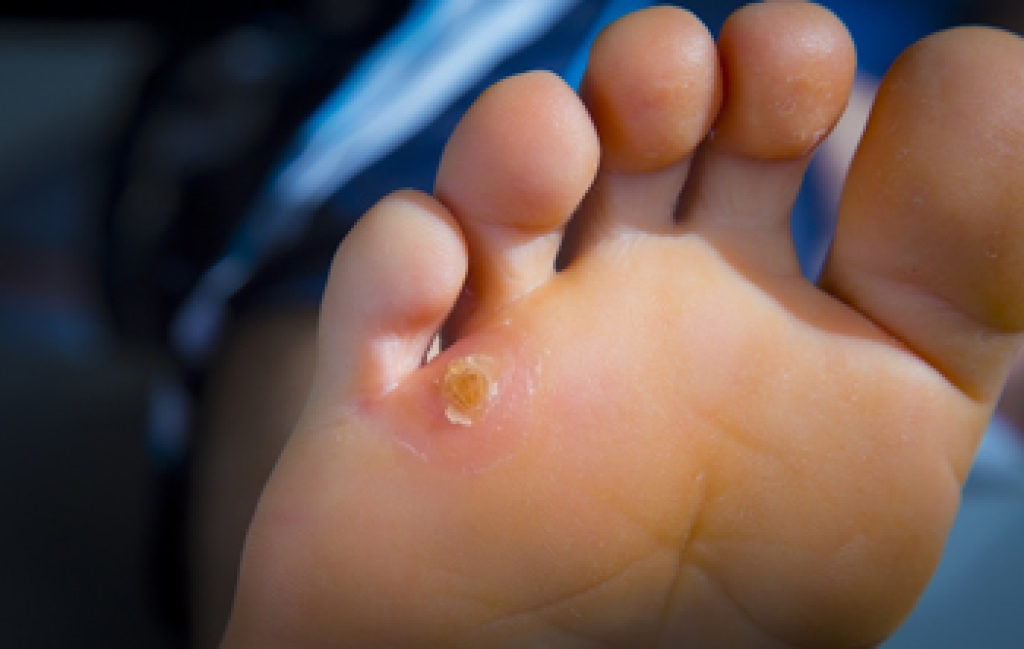 The additional weight of carrying a baby can often lead to a variety of foot related conditions for pregnant women. One of the most common occurrences in pregnant women is painful and swollen feet that result from excess fluids. In order to reduce this swelling it is important to raise the feet as often as possible, along with wearing wide and comfortable shoes and not crossing the legs. Pregnancy can also lead to pain in the arch of the foot. Stretching in the morning, as well as before and after exercise can help ease this pain. Supportive low-heeled shoes can also help the arch of the foot. Ingrown toenails can also occur due to the feet swelling. Wearing wider shoes can help prevent ingrown toenails too, but should one develop it is important to be seen and treated by a podiatrist. If you are pregnant and struggling with foot related issues, consulting with a podiatrist can be beneficial to learn various tips and tricks.
The additional weight of carrying a baby can often lead to a variety of foot related conditions for pregnant women. One of the most common occurrences in pregnant women is painful and swollen feet that result from excess fluids. In order to reduce this swelling it is important to raise the feet as often as possible, along with wearing wide and comfortable shoes and not crossing the legs. Pregnancy can also lead to pain in the arch of the foot. Stretching in the morning, as well as before and after exercise can help ease this pain. Supportive low-heeled shoes can also help the arch of the foot. Ingrown toenails can also occur due to the feet swelling. Wearing wider shoes can help prevent ingrown toenails too, but should one develop it is important to be seen and treated by a podiatrist. If you are pregnant and struggling with foot related issues, consulting with a podiatrist can be beneficial to learn various tips and tricks.
Pregnant women with swollen feet can be treated with a variety of different methods that are readily available. For more information about other cures for swollen feet during pregnancy, consult with Dr. Castillo from Bronx Foot Care. Our doctor will attend to all of your foot and ankle needs.
What Foot Problems Can Arise During Pregnancy?
One problem that can occur is overpronation, which occurs when the arch of the foot flattens and tends to roll inward. This can cause pain and discomfort in your heels while you’re walking or even just standing up, trying to support your baby.
Another problem is edema, or swelling in the extremities. This often affects the feet during pregnancy but tends to occur in the later stages.
How Can I Keep My Feet Healthy During Pregnancy?
- Wearing orthotics can provide extra support for the feet and help distribute weight evenly
- Minimize the amount of time spent walking barefoot
- Wear shoes with good arch support
- Wear shoes that allow for good circulation to the feet
- Elevate feet if you experience swelling
- Massage your feet
- Get regular, light exercise, such as walking, to promote blood circulation to the feet
If you have any questions, please feel free to contact our offices located in Bronx, NY Yonkers, NY . We offer the newest diagnostic and treatment technologies for all your foot care needs.




